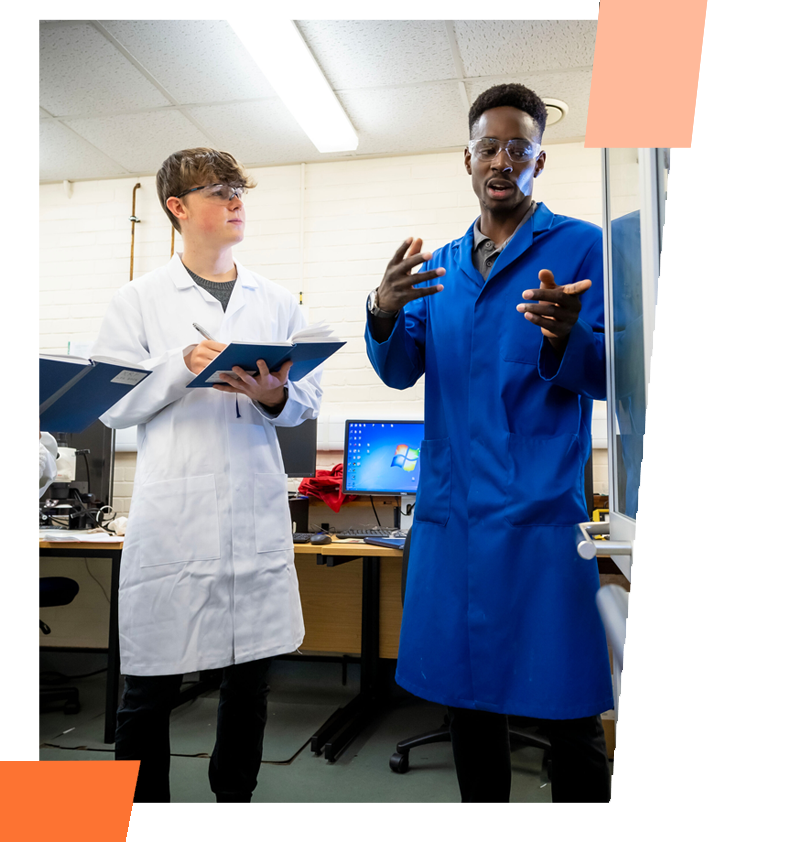You'll have a range of resources available to you, including photographic equipment, a small photographic studio and a number of laptops. In addition, students have access to a range of specialist tools.

Student taking readings on GPS equipment
Geophysical survey equipment
Geophysical survey is a form of remote sensing that is used
to map and image below ground archaeology. By measuring variations in the
magnetic or electrical properties of the soil, we can detect past human
activities, such as wall building, the lighting of hearths or kilns, or the
digging of pits and ditches, even if there are no visible traces on
the surface.
Equipment includes:
- Bartington Grad-601 Dual Fluxgate Gradiometer
- Geoscan RM85 Advanced Resistivity Meter.
Both of these have been used extensively on Dr Steve Willis’ research on the Lincolnshire Wolds and for Dr Luke Lavan’s work on the Roman port of Ostia, Italy.
Land survey equipment
A land survey requires the use of specialist equipment to record and map the extent of above ground archaeology. Land survey equipment is also used for the laying out of survey grids and excavation trenches, recording find locations and general topographic recording.
The department currently has a:
- Leica TS15 total station
- Leica
GS08 GPS.
Laser scanning
You'll be able to use our several laser scanners including a high-resolution Romer Absolute Arm scanner. This has been used to produce many detailed 3D models for the Department, as well as for local and national museums. Most recently, Ellen Swift used 3D printing and hand-crafting techniques to create playable replica Roman musical instruments from laser-scan data.

Dr Ellen Swift used laser-scan data to create replica Roman musical instruments including these panpipes
PXRF analyser
Portable X-Ray Fluorescence (PXRF) is a technique used for the elemental analysis of materials. Short-wavelength X-rays are used to excite the atoms in a material that then leads to the atoms themselves emitting energy. The frequency of this energy corresponds to that of the atom and the identification of the element.
The Department has a Niton XL3t 950 He GOLDD+ PXRF that has been used extensively in research on Roman paving in Rome and Pompeii and for the characterisation and analysis of objects from museum collections as well as excavated finds.




